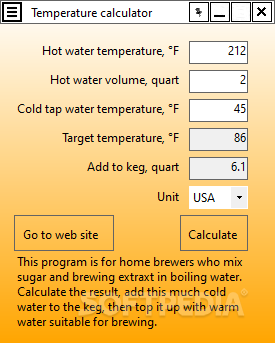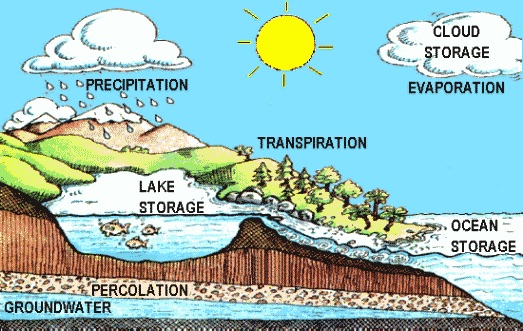
Introduction The novel coronavirus (SARS-CoV-2) has caused more than 240 million infections and 4.8 million deaths globally from COVID-19 as of October 19, 2021. Similar methodology can predict flu and future epidemic transmission from weather forecast, as well as reveal their major transmission pathways. The predictive ability of these aerosol-relevant variables also supports indirect airborne transmission as an important pathway of SARS-CoV-2 spread. This work provides the first first-principle-based model to associate temperature and humidity with SARS-CoV-2 transmission via virus-laden aerosol settling time and viral viability, confirming the predictive power of weather on transmission. In addition, the role of the airborne transmission pathway in the spread of COVID has been under debate since the initial outbreak in early 2020. Environmental significance Weather effects on SARS-CoV-2 transmission have been long investigated, though the lack of first principles in making the association led to inconclusive findings. Furthermore, historical weather data can improve the prediction accuracy of infection spreading rates. Corroborating with previous health science studies, from the perspective of meteorology-modulated transmission, our results strengthen that airborne aerosol transmission is an important pathway for the spread of SARS-CoV-2. Linear regression, vector autoregression, simple recurrent neural network, and long short-term memory models predict transmission rates within one-sigma intervals using the settling times and viral viability over 5 days before the day of prediction.

Daily infection data were calibrated from local reported cases based on established infection timeframes. Characteristic droplet settling times determined by the Stokes–Cunningham equation as influenced by daily weather conditions were estimated based on local meteorological data.

Evaporation transmission weather calculator series#
Here we investigate the correlation between the time series of daily infections and of settling times of virus-containing particles produced by speaking. However, the absence of a large-scale association between regional outbreaks and weather-influenced virus-laden speech-generated aerosol characteristics such as settling time and viral viability makes it challenging for policy making on appropriate infection control measures.

Droplets during human speech are found to remain suspended in the air for minutes, while studies suggest that the SARS-CoV-2 virus is infectious in experimentally produced aerosols for more than one hour.


 0 kommentar(er)
0 kommentar(er)
